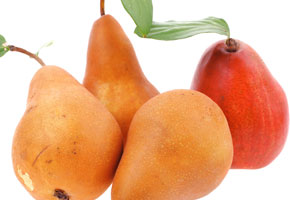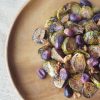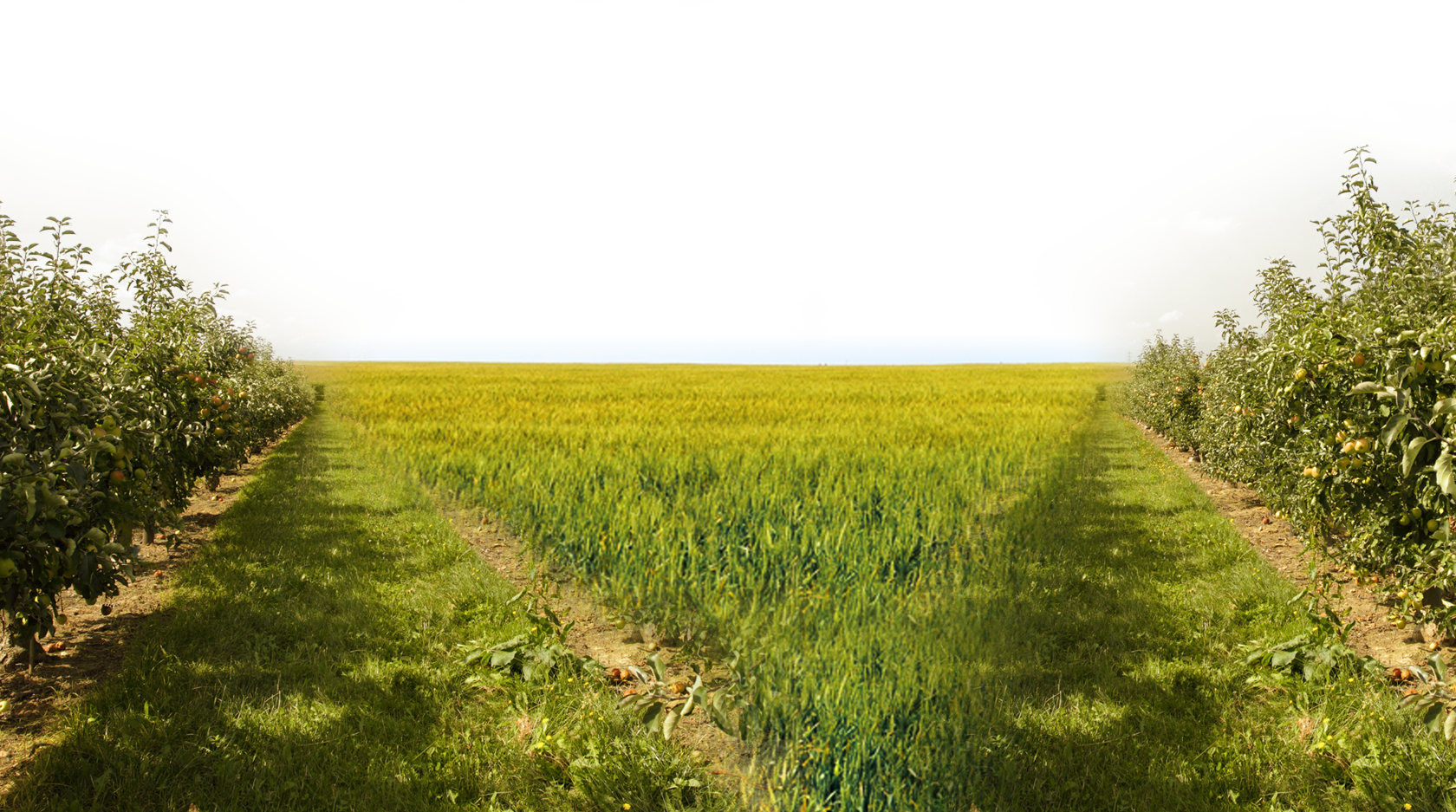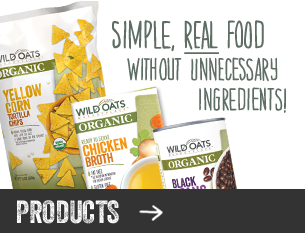
Eating with the season – the protective power of pears
By Linda Bonvie | 0 Comments | Posted 08/31/2014
It’s the time of year when pears are at their peak, But if the everyday pear isn’t one you’ve ever been particularly passionate about, it may be because you’ve never given any real thought to the potentials of this pear-shaped fruit (hey, how else would one describe it?).
So I’d like to take this opportunity to make you more aware of the pear as the powerful form of protection that it really is.
“Protection against what?” you might ask. Well, for starters, how about stomach, colon and esophageal cancer? And diabetes? And heart disease?
Yes, those are just some of the major health problems that eating pears can help to prevent.
What makes pears such superheroes in disguise is the unusual amounts and broad variety of phytonutrients they contain, including flavonols and carotenoids like beta-carotein and lutein.
These phytonutrients are especially important in countering disease-causing inflammation and oxidative stress.
The pear also has more than its share of both soluble and insoluble fiber, which is considered important in warding off both heart disease and type 2 diabetes. And then there’s the ability of pear fiber to bind together with bile acids in the intestine, a process that reduces the amount of LDL, or bad cholesterol in the bloodstream – only without the side effects of drugs.
Pear fiber is also known to bind to a group of “secondary” bile acids, an excess of which are associated with colon cancer. And in a study of nearly 500,000 people jointly conducted by the National Institutes of Health and the AARP, pears scored especially high in helping to prevent esophageal cancer.
While all types of pears are known for their health benefits, the red varieties, such as Red Anjous, Red Bartletts, Comice, Seckels and Starkrimsons, offer an additional one in the form of anthocyanins, a type of phytonutrient that has been shown to be among the most effective anti-inflammatory and anti-oxidative agents, and is also an anti-allergen. (Pears, in fact, are considered “hypoallergenic,” and consuming them has sometimes been associated with fewer allergy symptoms.)
But, of course, pears are more than just health food. They’re a perfect complement to all kinds of dishes, including desserts, salads and as a topping to cereals.
But the best way of “preparing” a pear is to just bite into it – and be sure and include the skin, since it has three or four times as many phytonutrients as the interior. That’s one reason why organic pears are a better choice.
So don’t just think of it as a pear. Think of it as ‘pear-scription’ against disease. And one that tastes really terrific – and refreshing – to boot.


 Contact us
Contact us



























